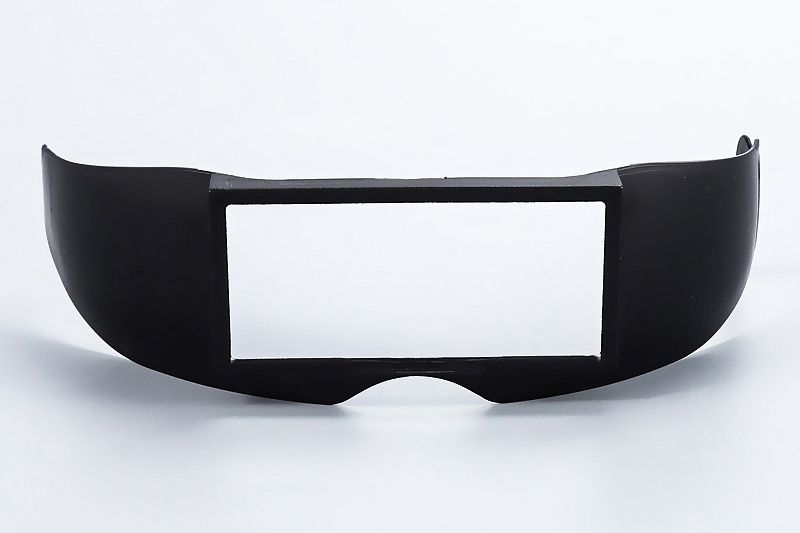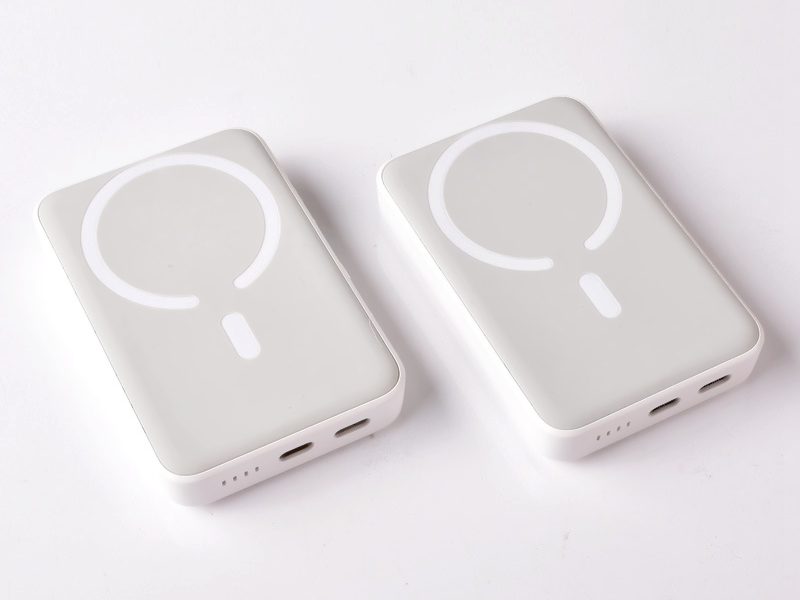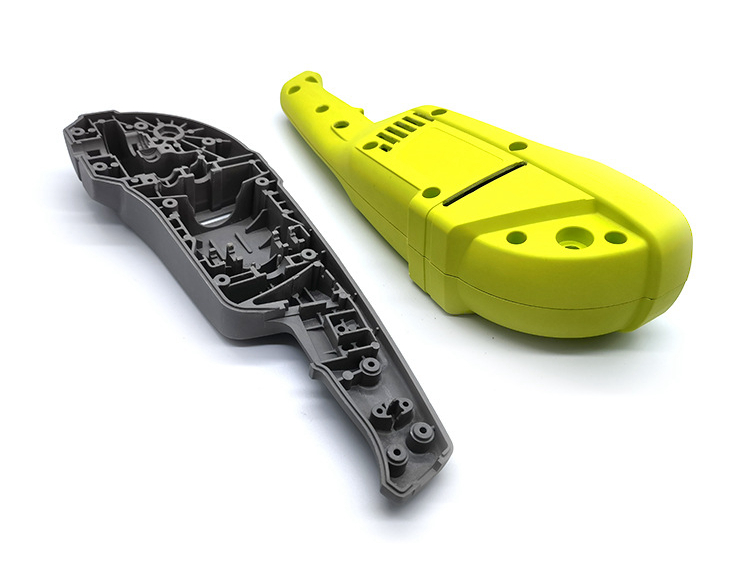Which materials are best suited for the overmolding process?
Which Materials Are Best Suited for the Overmolding Process?
With the global shift toward product miniaturization, user-centric design, and sustainability, overmolding has become a critical solution in multi-functional part manufacturing. By combining rigid and soft materials in a single component, overmolding enhances product performance while reducing assembly costs and material waste. The success of this process depends heavily on selecting the right substrate and overmold material combination.
Substrate Materials (First Shot/Base Layer)
1. ABS (Acrylonitrile Butadiene Styrene)
Cost-effective and dimensionally stable
Compatible with: TPE, TPU, Santoprene
Common in consumer electronics and tool handles
Learn more: ABS Injection Molding
2. PC (Polycarbonate)
Impact-resistant, thermally stable (up to 135 °C)
Compatible with: TPU, TPE (bonding grade required)
Ideal for transparent housings and medical casings
Learn more: PC Injection Molding
3. Nylon (PA6, PA66)
High strength and fatigue resistance
Compatible with: Modified TPUs with adhesion promoters
Used in automotive engine components and wear-resistant parts
Learn more: Nylon Injection Molding
4. PBT (Polybutylene Terephthalate)
Excellent for electrical and automotive applications
Compatible with: Certain TPEs, TPVs
Supports precision molding for connectors and housings
Learn more: PBT Injection Molding
5. Polypropylene (PP)
Lightweight, chemically resistant
Compatible with: TPO, TPE-O, selected TPVs
Preferred for high-volume, cost-sensitive products
Learn more: PP Injection Molding
Overmold Materials (Second Shot/Outer Layer)
1. TPE (Thermoplastic Elastomer)
Shore A hardness range: 30–90
Offers high elasticity and grip
Bonds well to ABS, PP, PC (with bonding grade)
Learn more: TPE/TPU Injection Molding
2. TPU (Thermoplastic Polyurethane)
Abrasion resistance up to 3x higher than TPE
Excellent chemical durability
Used in rugged wearables, industrial housings
3. Silicone Rubber
Ideal for medical use due to biocompatibility
Requires LSR processing; bonding with plastics may need surface priming
Stable at −50 °C to 200 °C
Learn more: Silicone Rubber Molding
4. TPV (Thermoplastic Vulcanizate)
Flexible across −40 °C to 125 °C
Suitable for sealing and weather-resistant assemblies in automotive and outdoor devices
Material Compatibility Tips
Melt temperature difference between materials should be ≤ 30 °C
Surface preparation or primers are essential for low-energy plastics (e.g., PP)
Mechanical interlocks are recommended when bonding is weak
Adhesion testing (peel strength ≥ 5 N/cm) is required for critical interfaces
Why Material Selection Matters at Neway
Neway Precision integrates advanced simulation and testing during design to ensure optimal adhesion and performance. We offer:
Substrate-overmold pair evaluation for strength, elasticity, and chemical resistance
Real-world testing for sealing, fatigue, and thermal cycling
Full support through consultative engineering and prototype validation



